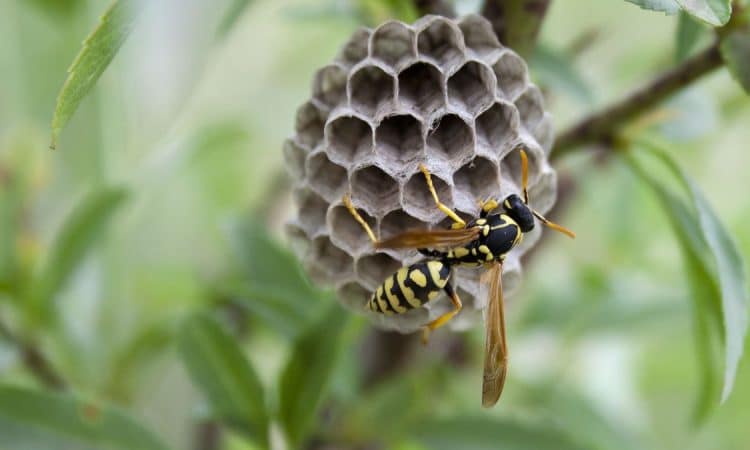
125views
Having wasps around your home or garden can be more than just a nuisance; it can be dangerous. Wasp stings can cause allergic reactions and, in severe cases, can be life-threatening. Therefore, it’s crucial to deal with a wasp nest effectively and safely.
The Problems with Common Methods
- Smoking
- Ineffective: Using smoke to remove a wasp nest might seem like a good idea, but it often does not work as intended. Wasps can become agitated and aggressive when exposed to smoke.
- Dangerous: There is a risk of fire, especially if the nest is located near flammable materials.
- Temporary Solution: Smoke may cause wasps to leave temporarily, but they are likely to return once the smoke dissipates.
- Vacuuming
- Limited Reach: A vacuum cleaner may not reach the entire nest, leaving some wasps behind.
- Aggressive Wasps: The noise and disturbance can provoke wasps, leading to multiple stings.
- Nest Disposal: Once vacuumed, safely disposing of the wasps and nest can be problematic.
Safe and Effective Methods for Wasp Nest Removal
- Professional Pest Control
- Expertise: Professionals have the experience and knowledge to handle wasp nests safely.
- Proper Equipment: They use specialized tools and protective gear to ensure effective removal without risk.
- Long-Term Solutions: Professionals can also provide advice and treatments to prevent future infestations.
- Insecticide Sprays
- Direct Application: These sprays can be applied directly to the nest during nighttime when wasps are less active.
- Effective Ingredients: Look for sprays containing ingredients specifically designed to kill wasps.
- Safety Precautions: Always follow the manufacturer’s instructions and wear protective clothing.
- Wasp Traps
- Attraction: Traps attract wasps with bait, trapping them inside.
- Reduction of Population: Over time, traps can significantly reduce the wasp population in your area.
- Placement: Place traps away from high-traffic areas to avoid attracting wasps near people.
Preventive Measures
- Seal Entry Points
- Inspect Your Home: Regularly check for and seal any cracks or openings where wasps could enter.
- Maintain Screens: Ensure window and door screens are intact and properly fitted.
- Remove Food Sources
- Clean Up: Keep outdoor eating areas clean and free of food scraps.
- Secure Trash: Use sealed trash cans to prevent attracting wasps with food waste.
- Regular Maintenance
- Yard Work: Regularly trim bushes and trees to reduce nesting sites.
- Inspect and Clean: Routinely inspect and clean areas like attics, sheds, and garages where nests might form.
Removing a wasp nest requires caution and the right approach. Smoking and vacuuming are not only ineffective but can also be dangerous. Opting for professional pest control, using appropriate insecticides, and implementing preventive measures are the best ways to deal with and prevent wasp infestations. Always prioritize safety and consider the long-term implications of any removal method you choose.

